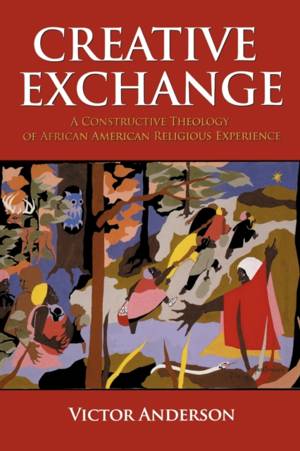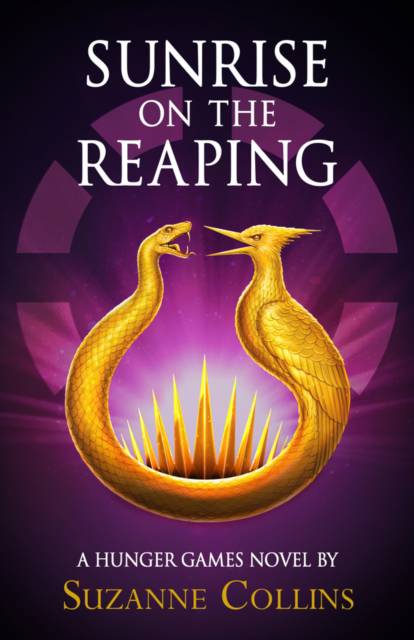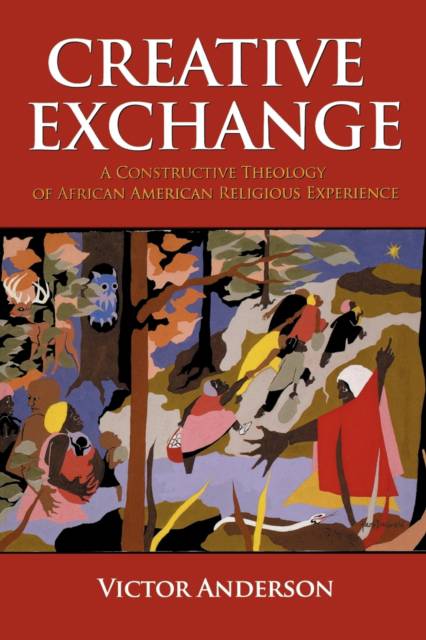
- Afhalen na 1 uur in een winkel met voorraad
- Gratis thuislevering in België vanaf € 30
- Ruim aanbod met 7 miljoen producten
- Afhalen na 1 uur in een winkel met voorraad
- Gratis thuislevering in België vanaf € 30
- Ruim aanbod met 7 miljoen producten
Zoeken
€ 37,45
+ 74 punten
Omschrijving
At least until recently, most African Americans would know what is meant by "the black church" or by "African American religion." But now, Victor Anderson argues, that tradition is undergoing radical change and harbors great ambiguities and unresolved dilemmas. Anderson's new book seeks to provide a pragmatic but principled way forward for African American religion and life. Anderson's work is two-sided: on one hand, he seeks to deconstruct an older, monolithic idea of African American religion as the stereotypical "black church" experience with one relationship to the larger cultural scene. If that picture was ever accurate, it was always partial, he argues. Constructively, Anderson argues that African American religion experience "is fundamentally understood as relational, processive, open, fluid, and irreducible." The tradition is actually an ongoing creative exchange that relates in many ways to its history, religious institutions, and faith communities. In that creative exchange, he argues, we find here and now instances or moments or events that actualize Martin Luther King's notion of the "beloved community." That image, and the flexibility and pragmatism it implies, best captures the legacy and future of African American religion. Anderson offers it here not just as a nostalgic image but also as an ongoing regulative ideal for African American life and religion.
Specificaties
Betrokkenen
- Auteur(s):
- Vertaler(s):
- Uitgeverij:
Inhoud
- Aantal bladzijden:
- 208
- Taal:
- Engels
- Reeks:
Eigenschappen
- Productcode (EAN):
- 9780800662554
- Verschijningsdatum:
- 1/04/2008
- Uitvoering:
- Paperback
- Formaat:
- Trade paperback (VS)
- Afmetingen:
- 152 mm x 228 mm
- Gewicht:
- 340 g

Alleen bij Standaard Boekhandel
+ 74 punten op je klantenkaart van Standaard Boekhandel
Beoordelingen
We publiceren alleen reviews die voldoen aan de voorwaarden voor reviews. Bekijk onze voorwaarden voor reviews.











